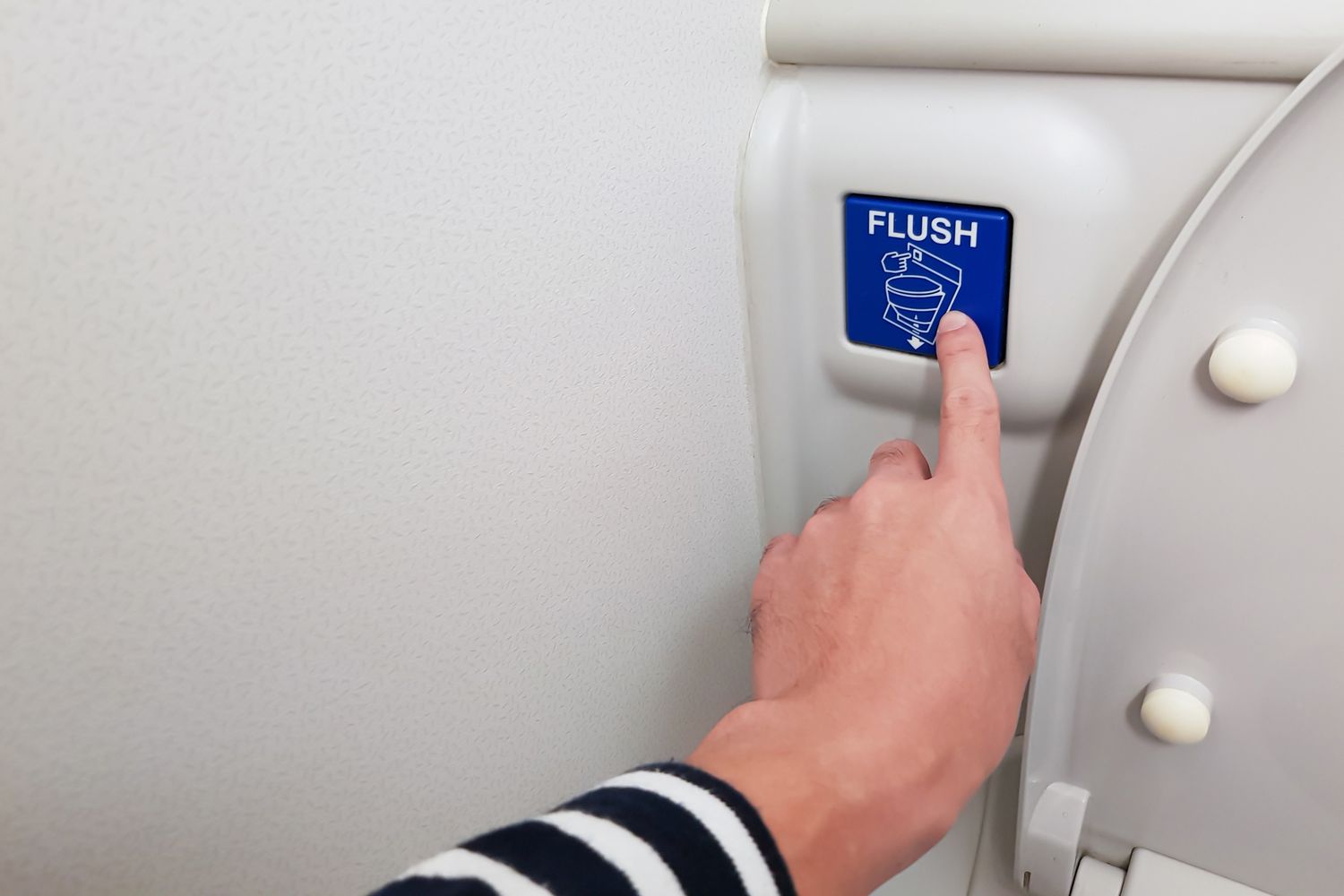If you’ve ever been on an airplane, you’ve likely marveled at the concept of soaring through the sky at over 400 miles per hour. The magic isn’t just about the flight itself; there are other components, such as airplane toilets, that boggle the mind. It’s not exactly an appealing topic, but the operation of airplane toilets is a fascinating part of air travel, and certainly crucial to passenger comfort.
Now, how do airplane toilets work exactly as we speed through the sky? It’s not as complex as one might think. As explained by Duke Armitage, an airline pilot and founder of an aviation platform, the whole system works on a vacuum principle. The waste and blue cleaning fluid are sucked into a waste holding tank through pipes by a powerful vacuum mechanism. Following the landing of the aircraft, a ‘honey truck’ takes responsibility for collecting and disposing of the waste. Interestingly, the process doesn’t involve any usage of water as it would add unnecessary weight to the plane. The process relies solely on air and classic engineering principles.
Furthermore, the vacuum system is highly useful as it helps with containing odors. The waste is securely trapped in the holding area, ensuring a relatively fresh aircraft cabin. You may have noticed a specific flush noise in airplane bathrooms; this comes from the vacuum and a compact turbine designed to disintegrate any solids to keep the pipes from clogging up.
Now, some passengers might worry about the prospect of being sucked into the toilet; however, this is a mere myth and there’s absolutely nothing to fret about. Even during a flush, there’s no possible danger when a passenger is seated, as systems are designed and tested considering this scenario. There’s been hearsay about sitting on the toilet being hazardous, but several experts have confirmed that’s not true.
The worst-case scenario with these toilet systems is usually them getting clogged or defective which can cause an inconvenience for onboard passengers. There have been incidents involving leakage from the lavatory, but issues with the waste system causing significant problems are highly unlikely.
On that note, remember not to flush down anything that’s not meant to go down a regular toilet drain. This is because we’re dealing with a small pipe, and items like diapers or other bulky things could cause blockages that would take days to rectify due to extensive pipework. On this, Nigel Jones, an aircraft engineering expert from Kingston University in London, who has also worked with British Airways as an engineer, provided an insight. He disclosed that he has seen cutlery and soft drink cans disposed of via airplane toilets out of simple curiosity. If the toilets become blocked, the aircraft might be grounded as a certain number of toilets are required to be functional on an aircraft.
Finally, you may have heard internet anecdotes about airplanes deliberately ejecting waste when in-flight; let’s put this to rest as a myth. There certainly are instances of “blue ice,” which occurs when the onboard sewage tanks leak along with the blue cleaning fluid, freeze on the plane’s exterior, and occasionally fall to the ground. However, this phenomenon is extremely rare.
In closing, though the idea of plane toilets might not be glamorous, it forms an essential part of our flight experience, making our journey comfortable and ensuring a sweet smelling cabin!



